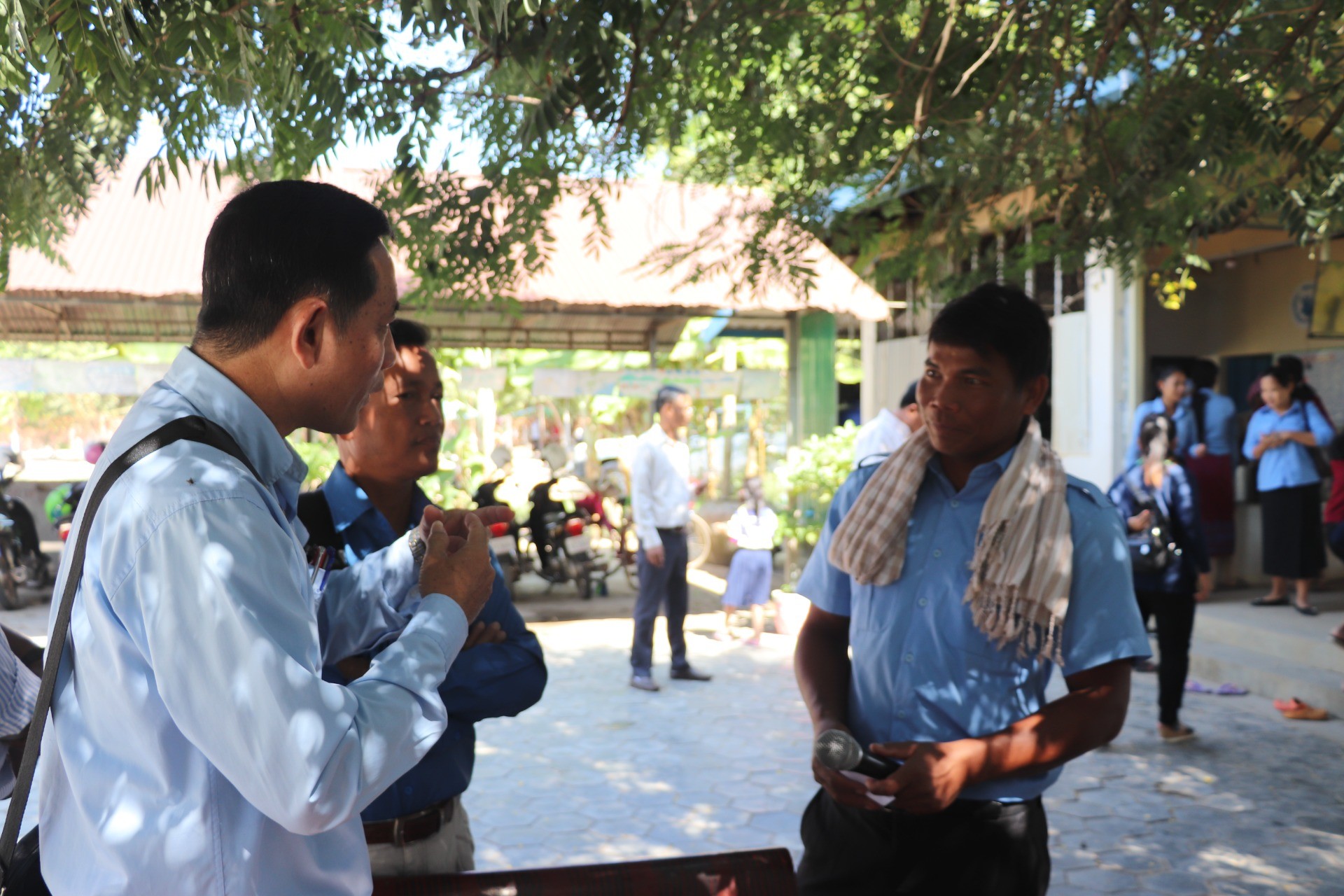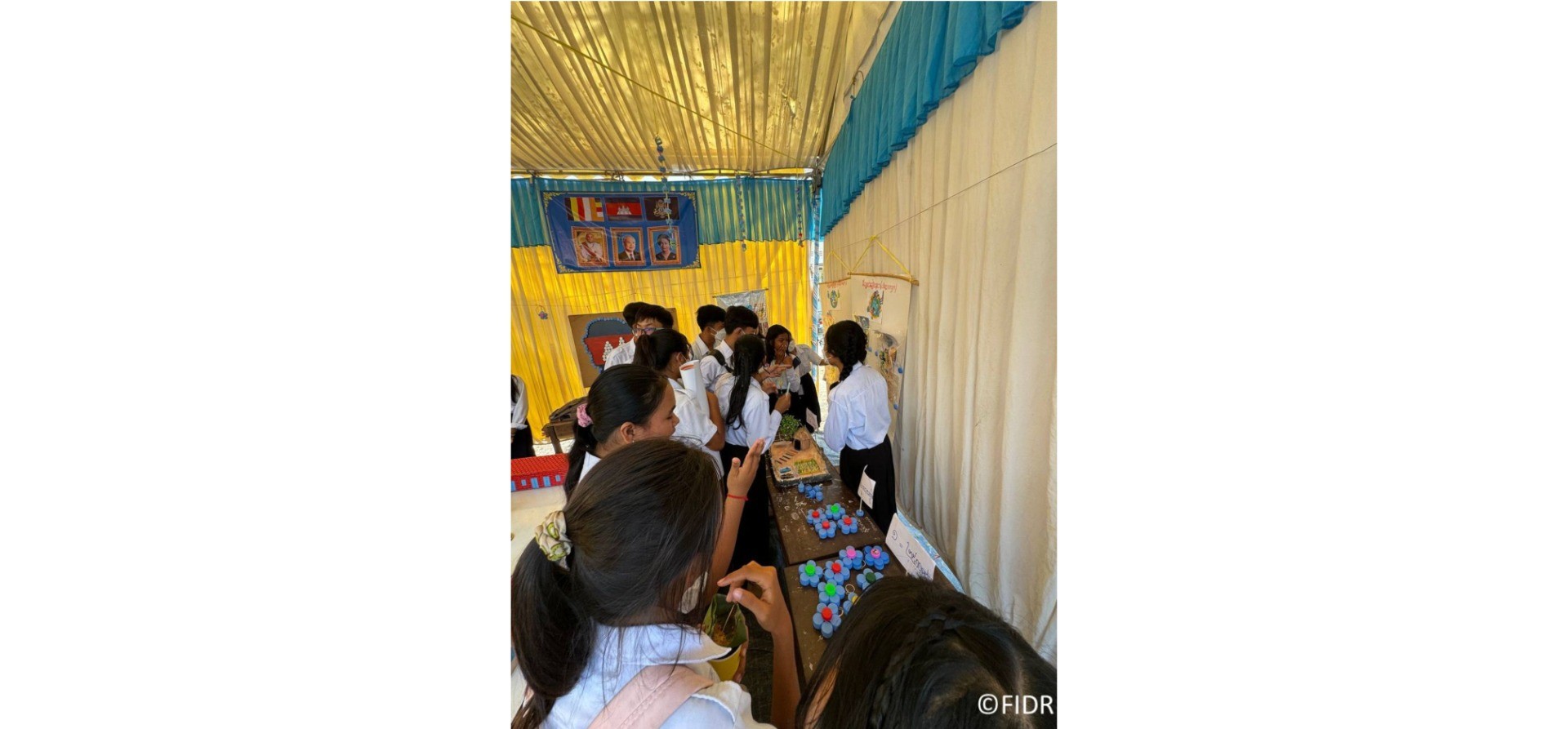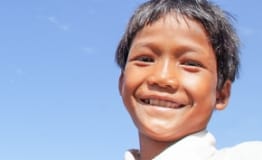Nutrition Education Starts with Creating a "Supportive School Environment"
Cambodia is planning to start health education that includes nutrition at schools nationwide in 2025. Four schools in Kampong Cham Province are selected as our target schools and they are taking a lead in offering some nutrition lessons this year, aiming to become the recognized model in the country. As part of the preparation, we started to provide nutrition training to selected teachers in these schools last year. The school principal from each school also joined the training because it is essential to ensure they understand the importance of nutrition and take the initiative in providing health information to the students. While schools play an important role helping students learn about food and nutrition, actively involving people in the school system, including children and their families, food vendors, farmers, and local government is also imperative so that they can help shape a healthier food environment for schoolchildren. Last December, the principals and selected teachers from these three schools, and a local government representative visited two model schools in Siem Reap Province to get some insights into the school setting and environment. Both are famous for their outstanding achievements.
The first school visited had received support from JICA (Japan International Cooperation Agency) in the past and the principal here is famously known for his leadership abilities. The school currently has more than 6,000 students, yet it is very well managed. Like in Japan, students take turns to clean their restrooms, and their school uniform shoes are neatly placed in the shoe boxes. The teachers from our target schools were impressed by the cleanliness and how well organized the school was.
The other school is one of the only three schools in Cambodia that run as a full-time school. It offers lunch to the students, which rarely happens at other schools*. In order to provide school lunch, the school principal strove hard to receive support not only from an international organization but also from the parents and the local community; students' parents contribute some money and supply, and residents from the local community provide some ingredients. The school has been active in developing a school garden as well.
After visiting these schools, "If they can do it, we can do it too!" one of the teachers from our target schools remarked. They discussed the future plans and are slowly but certainly implementing some changes at their schools.
*School children in Cambodia generally attend school for only half a day due to a lack of facilities and teachers. When the schools provide meals, they usually serve breakfast.

The target school, teachers eagerly asking questions to the principal of the model school (right).
Other Activity Reports
-
Pediatric Surgery Project

2025.11.11
Transforming Surgical Care at ...
Cambodia Medical Care International Cooperation for Social Development -
Nutrition Education and Promotion Project

2025.10.09
From Shokuiku to Sankranta Day...
Cambodia Health anbd Hygiene Nutrition Education International Cooperation for Social Development
DONATION
Your generous donation now will have impacts
on children and communities in our fields.














